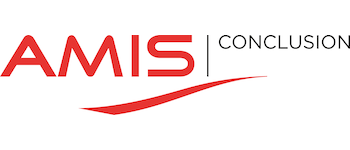Migrating to the Cloud offers several advantages. With centralization and consolidation, for example, the data from the stores will soon be available in real time in the central IT landscape. In the future, consumers will be able to gain live insight into local stock data via their mobile phone. Lucas: "For example, I will soon be able to use my app to see if the bakery department in the supermarket on my corner still has fresh spelt bread, isn't that great."
Maintaining one central environment is much easier than maintaining hundreds of decentralized environments. And in the cloud, you only pay for the capacity actually purchased, compared to the maximum cost per local installation. Finally, in the Cloud it is possible to quickly scale up extra capacity at peak times, for example during the holidays.
For example, every year a roadmap is made for the holidays to ensure that all IT systems continue to function properly during the extreme shopping pressure. To cope with this crowding, heavy systems (with a lot of overcapacity) must be purchased to absorb a few peak moments. By moving the database to the cloud, it is easy to provide this extra capacity when needed. You simply scale up some extra capacity only when necessary. The store (and the consumer) does not notice that quite a lot is going to change behind the scenes.


